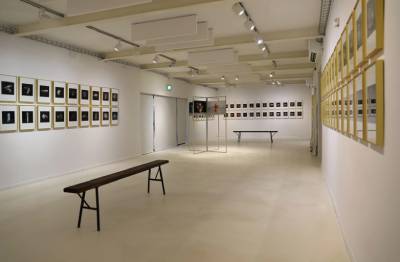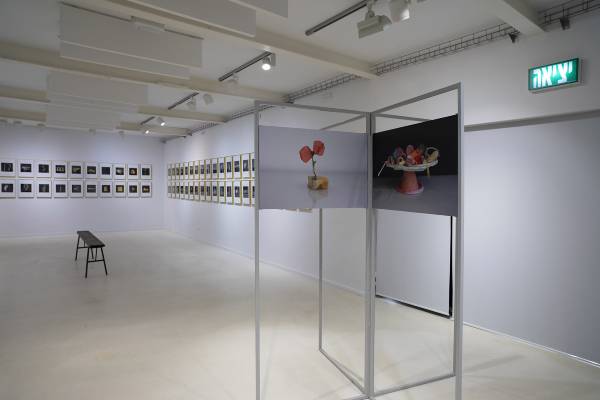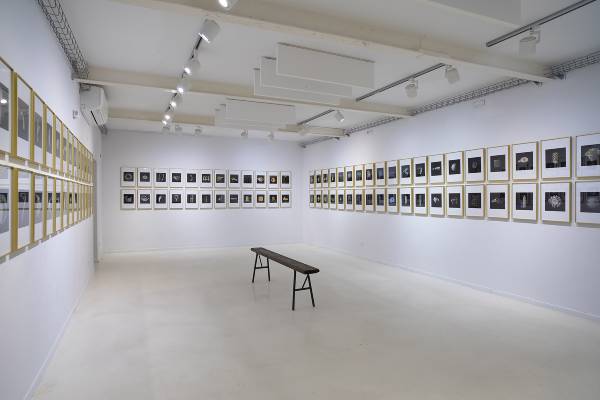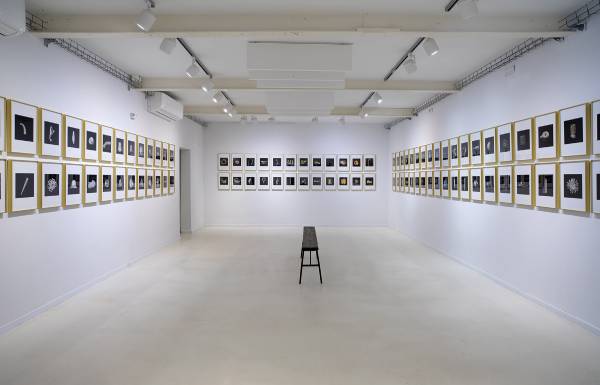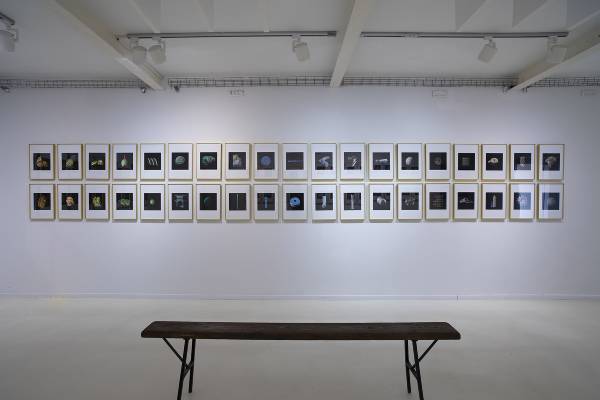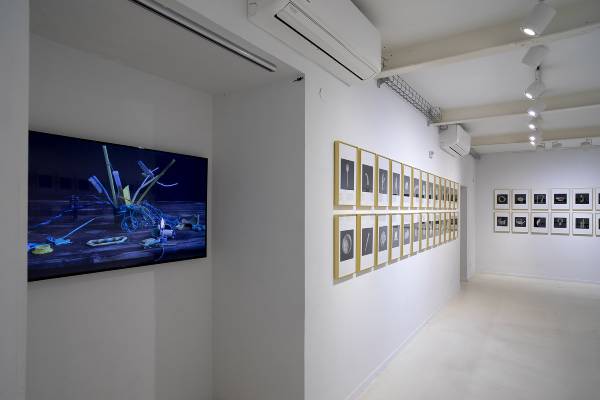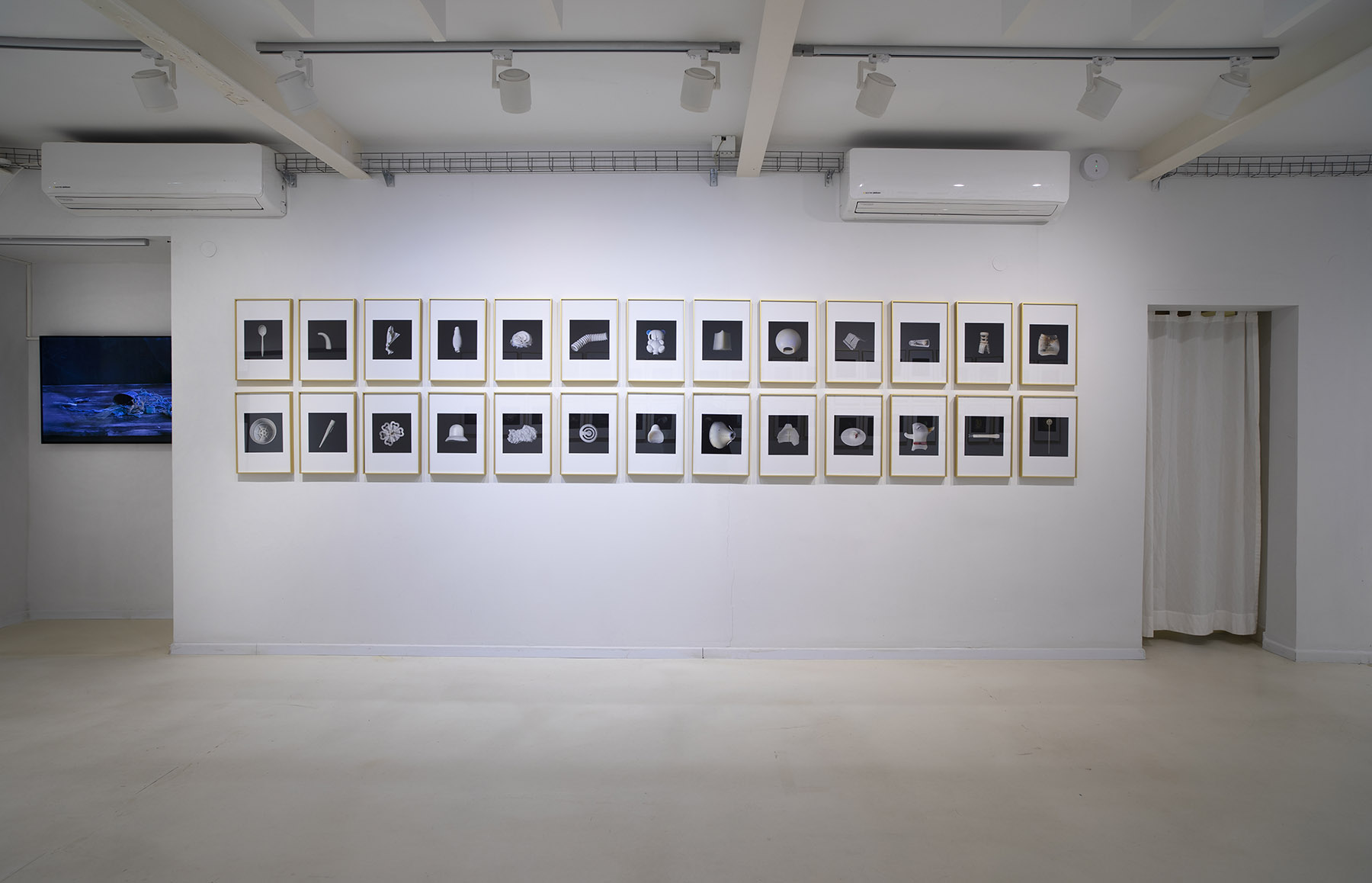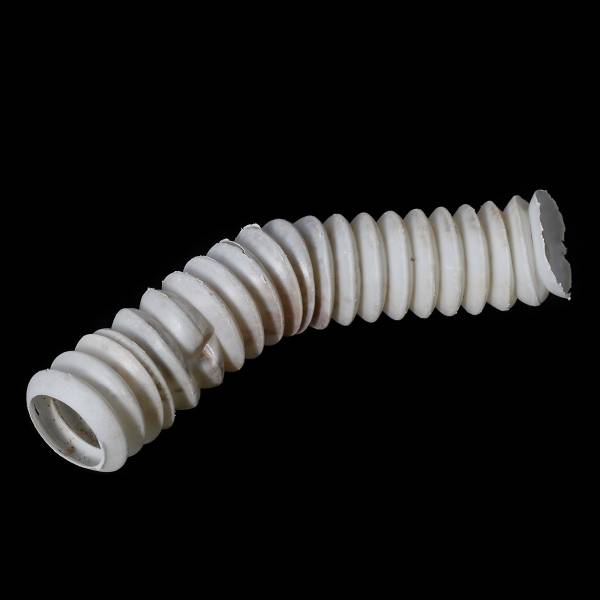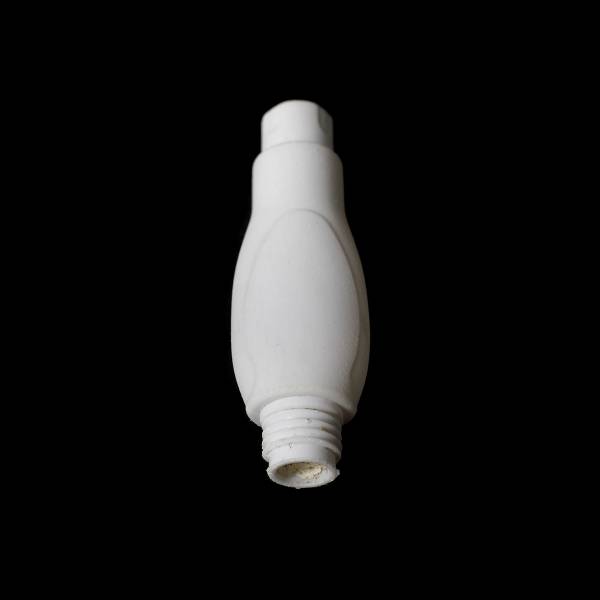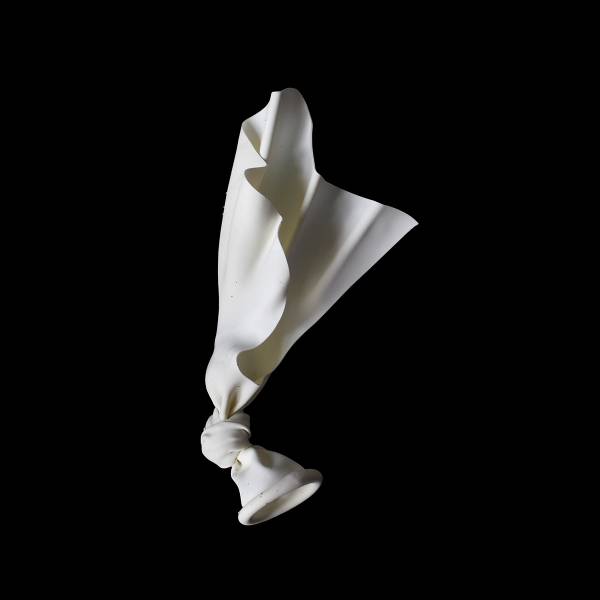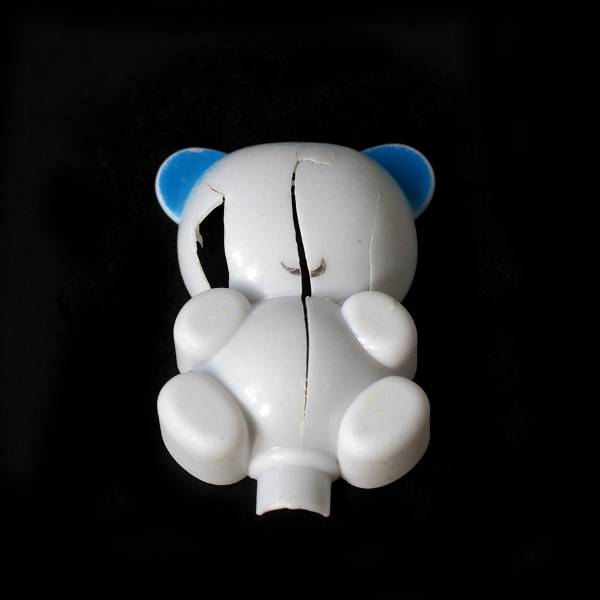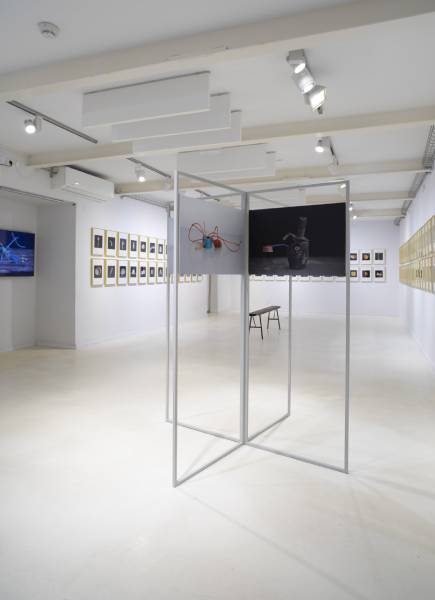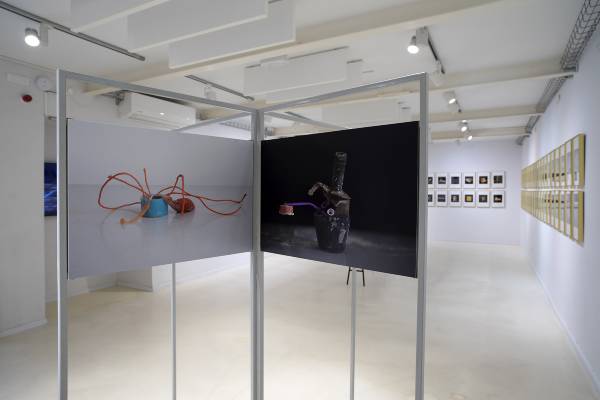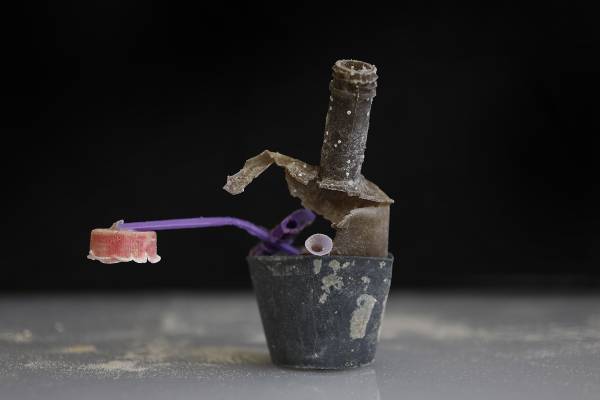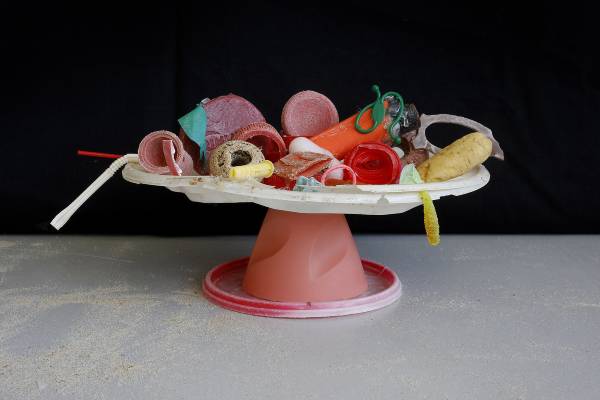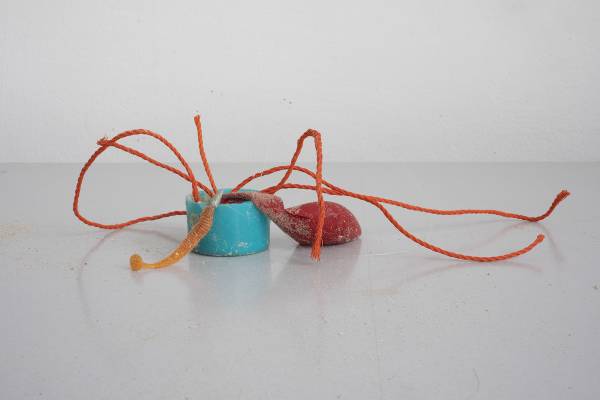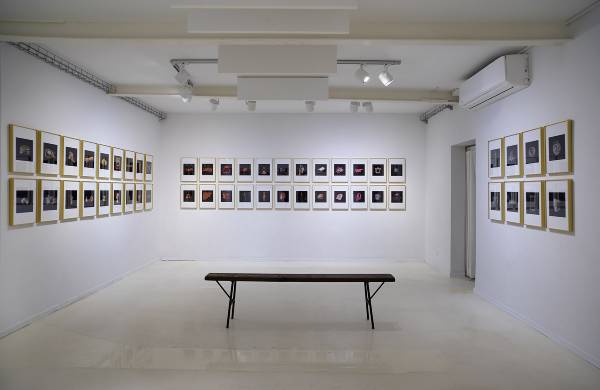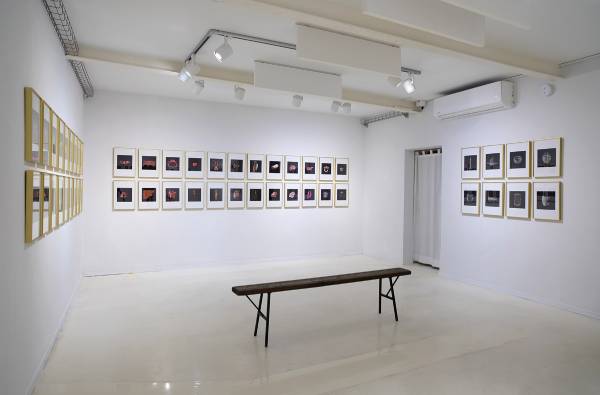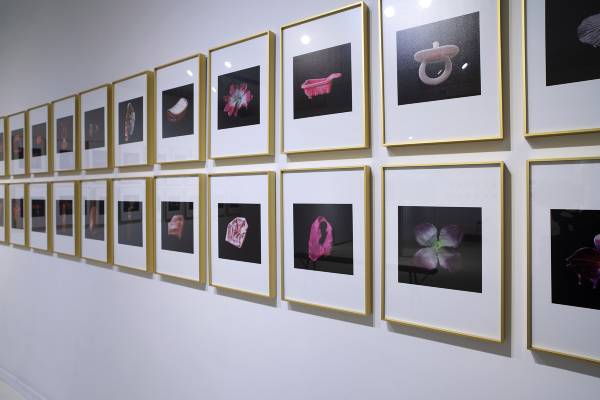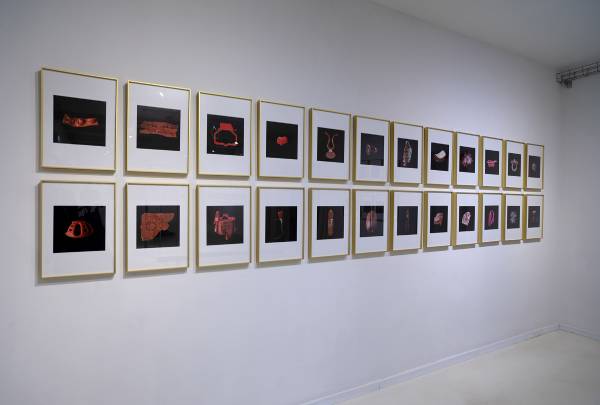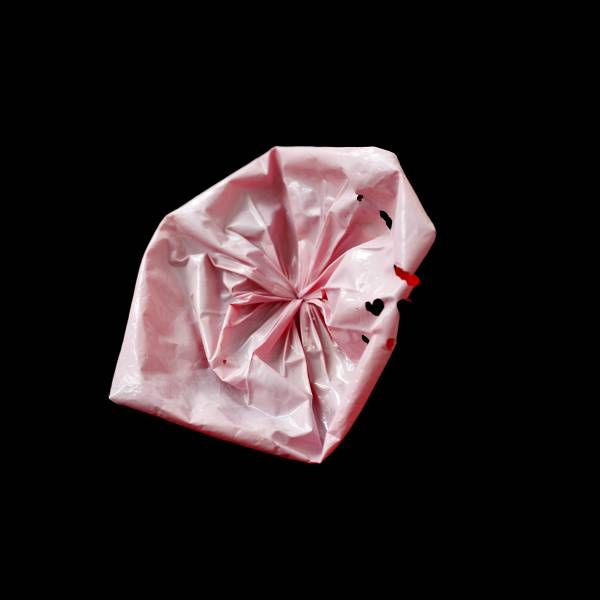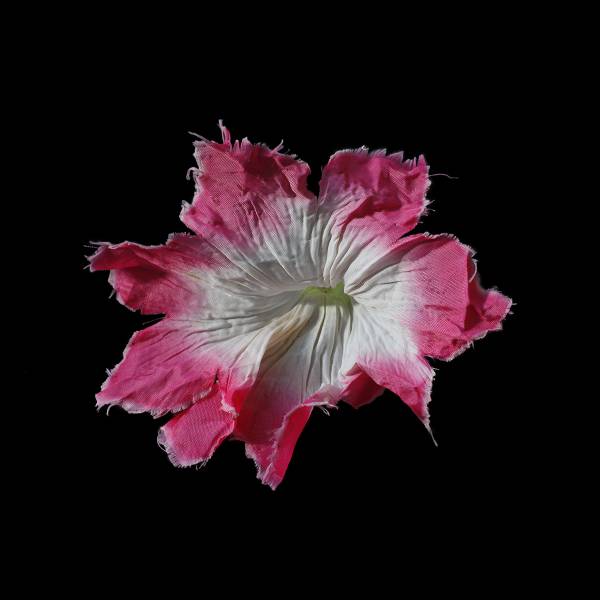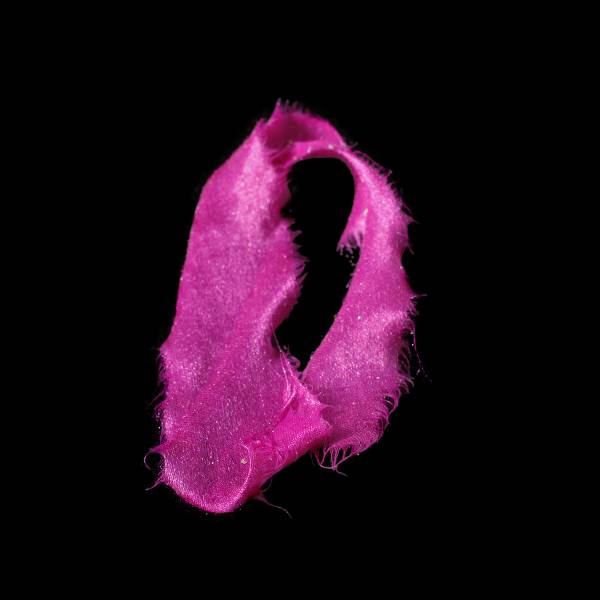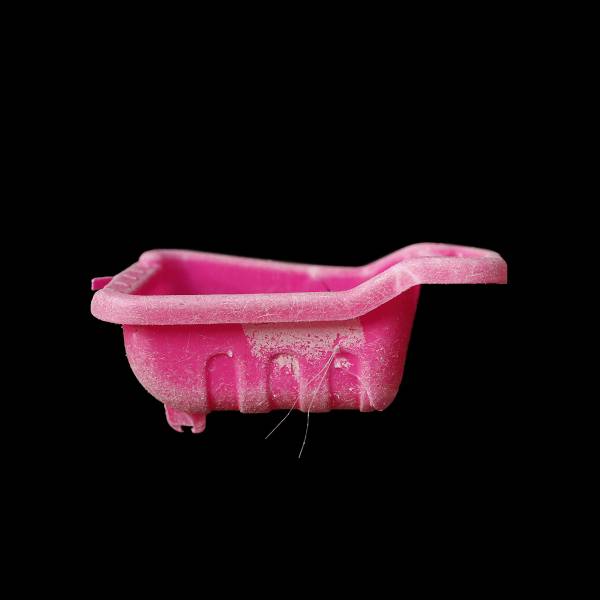Sunshine
Einat Arif-Galanti
The Artists Residence Herzliya
January 23 - February 29, 2020
Sometimes, one glance at the horizon of the blue sea is enough to mesmerize us. The reflection of the sun unfolding across the water like a fan of light, the beauty of the clouds, the murmur of the waves – charming and peaceful. This image is tarnished by the sheer mass of waste that accumulates on the beach, which reveals only a fraction of the disaster. Ocean pollution takes place above and below sea level. Toxic substances originating in industrial waste,[1] sewage discharged into the sea, oil and chemicals leak from ships,[2] pollution from drilling rigs, desalination plants, power plants,[3] and huge quantities of plastic and microplastics[4] are at the root of the acute ecological crisis of the seas and oceans in general and the Mediterranean in particular.[5]
The deep incongruity between the beauty of the sea and the disturbing knowledge of dramatic pollution prompted a three-year process, in which Einat Arif-Galanti immersed herself, so to speak, in the Mediterranean and its coastal strip. In this period, she visited its beaches numerous times and sailed to its depths aboard an ecological research vessel in order to gain a better understanding of its precarious state. The documentation was processed into an extensive body of work in still photography and video, and presents two practices that complement and resonate with one another. One group of works, Sunrise, touches on the sublimation of the object. By focusing on dozens of items washed up on beaches, Arif-Galanti attempts to examine the status of the industrial object as an object of desire, fascination, infatuation and/or their substitute. In the second group, Sunset, Arif-Galanti examines the implications of man-nature relationship for the Mediterranean, and the tension between beauty and pollution, which are still found side by side, even amid the current ecological catastrophe.
Sunrise
In December 2019, a whale carcass has washed ashore on one of Scotland’s Hebrides islands. Over 100kg of waste, fishing nets, ropes and plastic were found inside its stomach. The presence of so much waste in the digestive system of a marine mammal is a clear indication to its presence in our seas and oceans. According to Greenpeace reports, plastic accounts for 75 percent of debris that accumulates on the beaches and a tenth of all plastic produced around the world will end up in a marine environment.
In the Mediterranean alone (which green organizations have dubbed “the world’s dirtiest sea”)[6] there are about one thousand tons of plastic. Huge amounts of waste are carried by currents, producing “trash gyres” in the heart of the ocean. One of them, the Great Pacific Garbage Patch or Pacific trash vortex, has reached an estimated size of 700,000-10 million square kilometers. Because it is submerged underwater and cannot be seen via satellite image or on the surface, it is hard to assess its true size. Four other gyres like it are believed to exist in the middle of the oceans.
This body of work, exhibited in the Herzliya Artists' Residence Gallery (January-February 2020), summarizes a methodical action, in which Arif-Galanti set out to collect from the Israeli beaches of Ashkelon and Atlit the most waste in a limited timeframe. This action has yielded a varied collection of 148 items from Ashkelon Beach, which were collected within thirty minutes and another 63 items from Atlit Beach, collected within ten minutes. The objects were brought into the studio, isolated, cleaned, arranged, and photographed separately, against a neutral black backdrop, without any indicators of scale. Arif-Galanti used lighting and camera angles to underscore and enhance the dents, cracks, fractures, and marks of time etched on these objects. Sometimes they bear organic traces of plants, barnacles, and marine creatures. Despite their deteriorating state, most still allude to their functions and geographical origin; a fragment of a label in the language of origin, logo, instructions and so on – attest in many different ways to the local and global cultural realm.
The photos of the objects are displayed in two rows that go around the space of the gallery. Following the color transitions of the rainbow, they start from white, continue through pink, blue, green, yellow, orange, and red, all the way to black. In their gilded frames, the objects look as though they were taken from a commercial inventory and given a “second chance” to re-enter circle of consumption, be offered for sale, and (once again) fulfill their designation. Arif-Galanti's photographic action highlights the potential of beauty that still pulsates through the objects, even in their damaged and frayed state. There is something almost conspiratorial about these items, as though they wish to share a human tale as contemporary archeology, remnants of civilization. A small coin purse with a zipper that cannot be opened without destroying it, is at the same time a quintessential symbol of consumer culture as well as a sentimental object. We will never know what it holds inside. Perhaps pocket money collected little by little over weeks or possibly a letter. It may have been owned by a girl who loved it, and then tossed it away once she has grown tired of it. Maybe she lost it without even noticing.
Treasure Island (2020) is a three-panel metal object that brings to mind a commercial display stand. Each panel features two photographs that document a sculptural assemblage consisting of items Arif-Galanti collected on the beaches and arranged as a traditional still life. In spite of the objects’ tattered state, the assemblages are beautiful, sensual, and seductive, as if they were decorative arrangements, a possible alternative for a vegetation-free future. Each assemblage has a different name that underscores its virtues and attributes, keeping in line with seductive marketing tactics.
The third work, a stop-motion video animation titled Chronicle of Failure (1:30 min, 2020), completes this arc. Documenting the various stages of the assembling process, it brings to mind DIY videos, like an online flower arranging tutorial.
The three iterations of objects collected by Arif-Galanti wish to point to the status of the object within consumer culture. While enhancing our fascination with and dependence on the object, the artist also wishes to underscore the habitual dissatisfaction and the hope that the object will fulfill what the heart lacks, asking what is the fate of our objects of desire, when sometimes in one moment of capricious disfavor, the allure fades and the item turns from an object of desire to trash and polluting waste. The objects also introduce questions about (human) transience versus the eternity (of plastic), the ease of temptation, and the vulnerability – of both consumers and the environment. This series of works is closely linked with Arif-Galanti’s previous exploration of Flemish still life, “vanitas” and “memento mori” – that touched on man’s ephemerality and human demise.
Sunset
This body of work, exhibited at Art Cube – Artists’ Studios (Feb.-April 2020) continues and expands Arif-Galant’s exploration of the complex relationship between man and nature, and their temporality. In these works, she turns to the Mediterranean, its shores and the animals living in and around it – the direct casualties of the extreme pollution. Arif-Galanti wishes to present an informal report of sorts, to expose the scale of the ecological disaster, and to turn a spotlight, through documentation and artworks, to the pivotal role that mankind plays in the devastation.
Banal moments and everyday activities like spending time or walking on the beach turn into a disturbing experience in the face of the sheer amounts of garbage ejected from the sea. At the entrance to the gallery, visitors are greeted by a large-scale video work, Walk to Ashkelon, (02:00 min, 2018) that captures such a moment. The camera follows Arif-Galanti as she walks slowly along the beach. Opposite, a few cargo ships are seen in the sea. The camera movements, the stormy sea, and the piles of debris washed from it trigger sensations of sea sickness: disorientation, dizziness, and nausea.
The sense of unease intensifies in front of the works 99 Packs (03:00 min, 2019) and Protect Children (color print, 2019), which also examine the waste washed ashore, and present 122 cigarette packs collected over ten minutes on Atlit Beach. The packs, which are of two brands and were mostly likely smuggled goods dropped to the sea, were found at various stages of disintegration. Each pack bears two warnings: “Protect children: don’t let them breathe your smoke” and “Smoking seriously harms you and others around you.” Alongside the general warning about the dangers of smoking, there is another warning – it can also consciously damage the environment, animals, and children. The private disaster from which smokers are warned (health dangers) is a single-person reminder of the global disaster. The focus in the warning labels on the back of the packs underscores the irony of the evidence accumulated in the gallery; the photos themselves look like police evidentiary material.
The tension between the beauty of the sea and the gruesome devastation and pollution informs many of the works, time after time engendering sharp dissonance between the “beautiful” and the “horrific.” For example, the video Untitled (The Turtle) (01:30 min. 2019), depicts a carcass of a sea turtle sprawled on the shore in advanced stages of decomposition. Its body is covered by tiny polystyrene particles (non-biodegradable material). This is a quiet moment. Soft breeze blows through the vegetation. Almost mystical rays of light rest on the remains of the animal, deceptively uniting the turtle’s brutal death with the beauty of the light that engulfs it, until they become inextricable in the viewer’s mind.
Sometimes the devastation is only hinted beneath the surface. In Cage (loop, 2020) we see an image of a calm and peaceful sea. However, on the surface of the water glimpses the top of a fish breeding tank, where thousands of fish are cramped in captivity in water contaminated by microplastics and secretions. Just like the “garbage patch,” the tank itself (its ecological impact on its environment has yet to be fully explored) is submerged underwater, hidden from view.
Other times, there is a lyrical reversal in which the waste turns into a beautiful and mesmerizing vision, as in the video works Wrappers (00:20 min loop, 2018), and Bag (01:14 min loop, 2019) where plastic bags are seen gently floating in the shallow water or blowing in the wind across the rocks. The more you pause and linger on them, they more they seem to “blend with the landscape,” to the point that they become an integral part of it.
From one piece to another, the evidence adds up and point to a disaster, an ongoing collapse that may reach a tipping point. Here, now. Arif-Galanti does not leave it as didactic presentation of the current situation or the complicit parties. She shows that, even amid all of the destruction, the waste, the exploitation, and the pollution, we can surrender to a ray of light, a calm breeze, the flutter of the heart. Almost as a human need, she looks for the beautiful, giving herself to it and conjuring poetic moments within the catastrophe.
Sally Haftel Naveh
[1] Chemicals, pesticides, fuel and oil waste, metals etc.
[2] About 40 percent of the world’s crude oil are transported through the Mediterranean.
[3] Thermal pollution due the discharge of wastewater with altered temperature.
[4] Tiny plastic particles and fragments of plastic products stick to marine food (plankton) and are swallowed by animals.
[5] A report of the Oceanographic and Limnological Research presents an alarming prediction that the Mediterranean is warming, on average, at a rate of about 0.1 degrees each year. Temperature changes severely harm the marine population and its reproduction.
[6] In the Barcelona Convention (1995), twenty-seven Mediterranean countries signed their commitment to preventing the pollution of Mediterranean and protecting its environment. So far, to no avail.
https://www.facebook.com/login.php?skip_api_login=1&api_key=361657897247507&signed_next=1&next=https%3A%2F%2Fwww.facebook.com%2Fsharer%2Fsharer.php%3Fu%3Dhttps%253A%252F%252Fwww.erev-rav.com%252Farchives%252F51055%26display%3Dpopup%26ref%3Dplugin%26src%3Dlike%26kid_directed_site%3D0%26app_id%3D361657897247507&cancel_url=https%3A%2F%2Fwww.facebook.com%2Fdialog%2Fclose_window%2F%3Fapp_id%3D361657897247507%26connect%3D0%23_%3D_&display=popup&locale=he_IL&kid_directed_site=0

